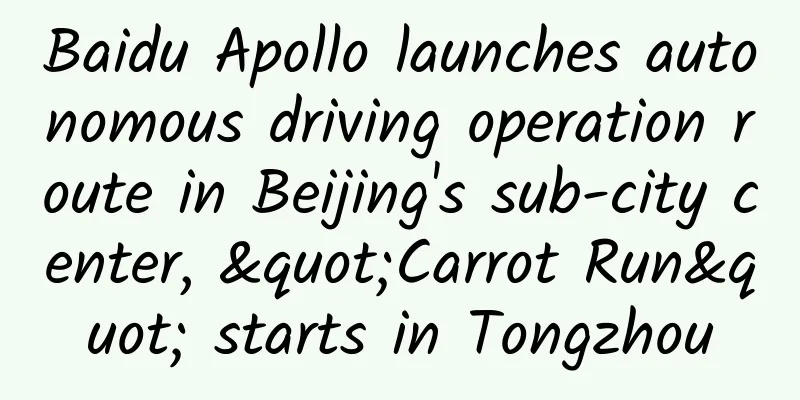A large number of "millennium pottery" have been discovered! Are the "mysteries" of early agriculture hidden in the seemingly "rustic" bottles and jars?

|
From October 25 to 27, the 40th anniversary of the discovery of the Xiatang site and the Archaeology China - Research Conference on the Formation of Early Rice-Growing Agricultural Society in the Middle and Lower Reaches of the Yangtze River were held in Xianju. Zhong Zhaobing, the person in charge of the Xiatang site archaeological project, deputy director of the Science and Technology Archaeology Office of the Zhejiang Provincial Institute of Cultural Relics and Archaeology, and research curator, reported the progress of the work and the latest discoveries to about 100 experts and scholars attending the meeting. The picture shows the remains of the trench found at the Xiatang site. Photo by Xinhua News Agency reporter Feng Yuan 01 The Xianju Xiatang Ruins Spanning 6,000 Years The Xiatang site is located in Xiatang Village, Hengxi Town, Xianju County, Taizhou City, Zhejiang Province. It was discovered in 1984 and was identified as a Neolithic site dating back 7,000 to 5,000 years. However, the reporter recently learned from the Zhejiang Provincial Institute of Cultural Relics and Archaeology that this site runs through the Neolithic Age, from nearly 10,000 years ago to about 4,000 years ago. The Xiatang site covers an area of about 30,000 square meters, with a cultural layer 2.5 meters thick. It has gone through four stages: Shangshan Culture, Kuahuqiao Culture, Hemudu Culture and Haochuan Culture, spanning the entire Neolithic Age and setting a historical benchmark for Neolithic archaeological culture in southern Zhejiang. 02 Ten thousand year old pottery, thousand year old rice fields Through archaeological excavations, researchers found that the ancestors dug two trenches at that time. The inner trench was from the Shangshan culture and Kuahuqiao culture periods, which is the period from 10,000 to 7,000 years ago, while the outer trench was from the Haochuan culture period, about 4,500 to 4,000 years ago. On the central terrace surrounded by the trench, archaeologists discovered more than 10 artificial earth platforms from the Shangshan culture period, most of which were distributed with groups of artifact pits. Pottery cups, pottery pots, cylindrical jars, flat-bottomed jars... These seemingly "rustic" pottery have a history of about 10,000 years. In the archaeological work of the Xiatang site, such "millennium pottery" was discovered in batches. In addition, ancient rice fields from the Haochuan culture period were also discovered outside the site. The important discoveries of Xiatang site are not limited to this. Four architectural remains, one agricultural processing remains, and many tombs were also discovered at the site. Among them, there is a high-level tomb with more than 20 pieces of funerary pottery found in it. This is the largest and highest-level tomb discovered so far in the archaeological excavation of Shangshan culture. Xiatang site is the site with the most complete settlement elements, the clearest structure, and the richest connotation among the Shangshan culture sites that have been excavated so far. 03 Uncovering the conditions of early agricultural society The biggest discovery is the preliminary revelation of the status of early agricultural society. Zhao Hui, a first-level professor at Peking University, told reporters that in the Neolithic Age, dry farming was the norm in northern China and rice farming was the norm in southern China. As archaeological work progresses, more and more evidence now shows that the Xiatang site was based on rice farming and was an important node. The Xiatang site was included in the "Archaeology of China - Research on the Formation of Early Rice Farming Society in the Middle and Lower Reaches of the Yangtze River" project of the State Administration of Cultural Heritage in 2022. Over the years, the Xiatang site has provided empirical samples of the origin of rice farming in the world. The unearthed carbonized rice and stone millstones, stone millstones and other processed stone tools, as well as agricultural processing plants of a certain scale, and the newly discovered rice field remains from the Haochuan culture period, together present the basic features of early rice farming production in the lower reaches of the Yangtze River, providing a very important sample for China's early agricultural society, especially rice farming society. Comprehensive sources: Xinhua News Agency, China National Radio, etc. |
<<: “Vegetables hit by frost are especially sweet.” What does winter do to plants?
Recommend
Is the effect of bidding promotion declining? You must analyze these 8 factors!
Nowadays, most of our SEM promotions revolve arou...
Tesla, Toyota and more than 100 other car manufacturers' secrets leaked, with 157 GB of core secrets leaked
According to the New York Times, security researc...
Community operation, what exactly is it?
I have been engaged in community operations for P...
Revealing the 315 hacker wifi, how to ensure APP data security?
The 315 Party exposed WIFI security, demonstrated...
Already in place! The Long March 2F rocket and the Shenzhou XIV spacecraft have been transferred to the launch area, waiting for the astronauts to fly!
On the morning of May 29, the Shenzhou XIV manned...
Douyin operation: How to create popular videos on Douyin
Douyin is currently the largest Internet content ...
Small grains leverage big industries: New research can achieve fully mechanized hybrid rice breeding
The public is familiar with hybrid rice, but few ...
Why do you rebound after losing weight? Does your body remember that you were fat?
Recently, according to the National Health Commis...
The crabs I bought have "pinholes". Did they get injected with something? The September Science Rumors List is here →
1. Can I dissolve the powder in the capsule in wa...
Please stop saving money, parents! Throw away these 7 things at home!
Planning and production Source: Curious Doctor Ed...
Sudden weight gain? It could be due to lack of sleep
Why do I gain weight even though I don’t feel lik...
Is Google's opening up of 230,000 patents forcing domestic mobile phone companies such as Huawei and Xiaomi to surrender?
Written in front: Is free sharing necessarily a g...
Ideas for building a Baidu promotion account, how to build a Baidu search engine account?
Many friends don’t know where to start when they ...
Android Control WebView
How to open a website in an Android app? Google h...
Basic steps to build a website: What are the 7 basic processes of website construction?
In the era of Internet marketing, both traditiona...









